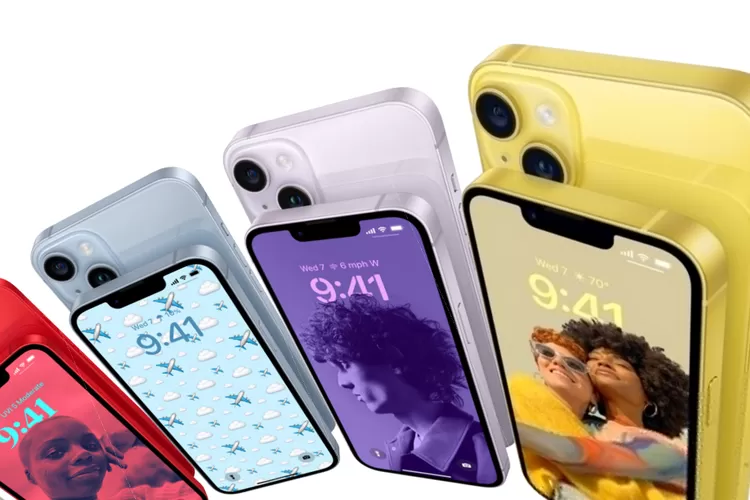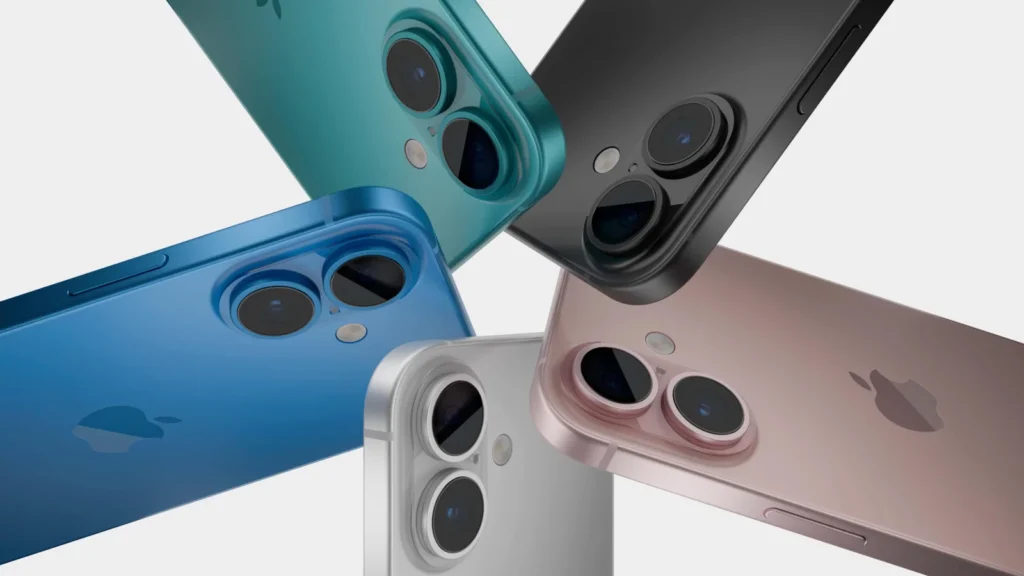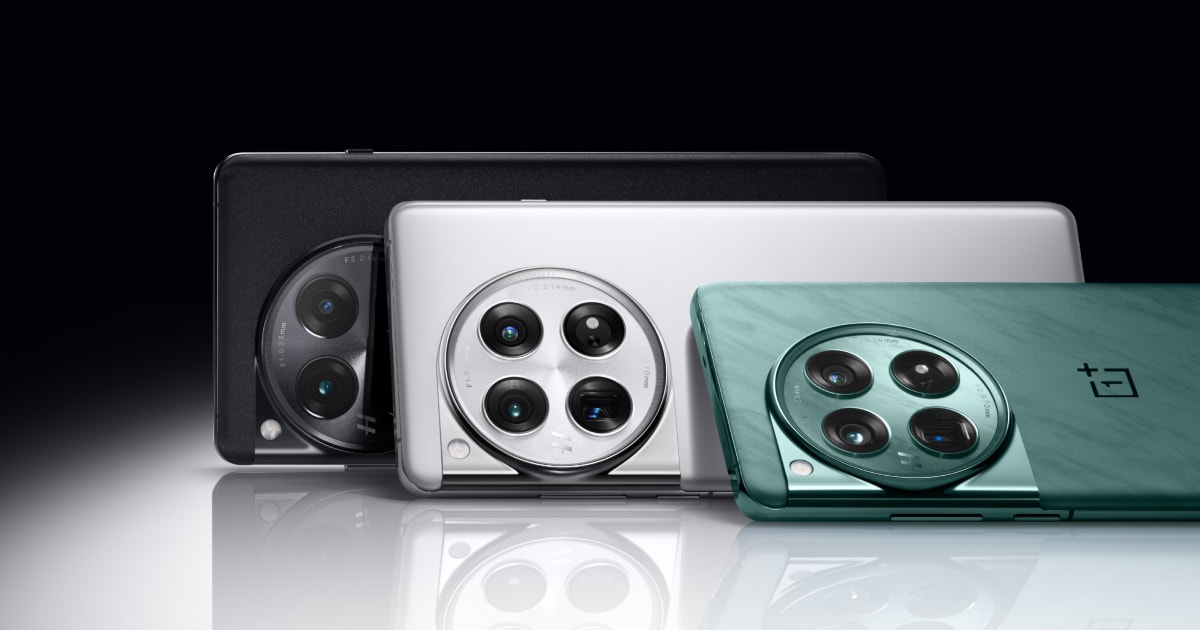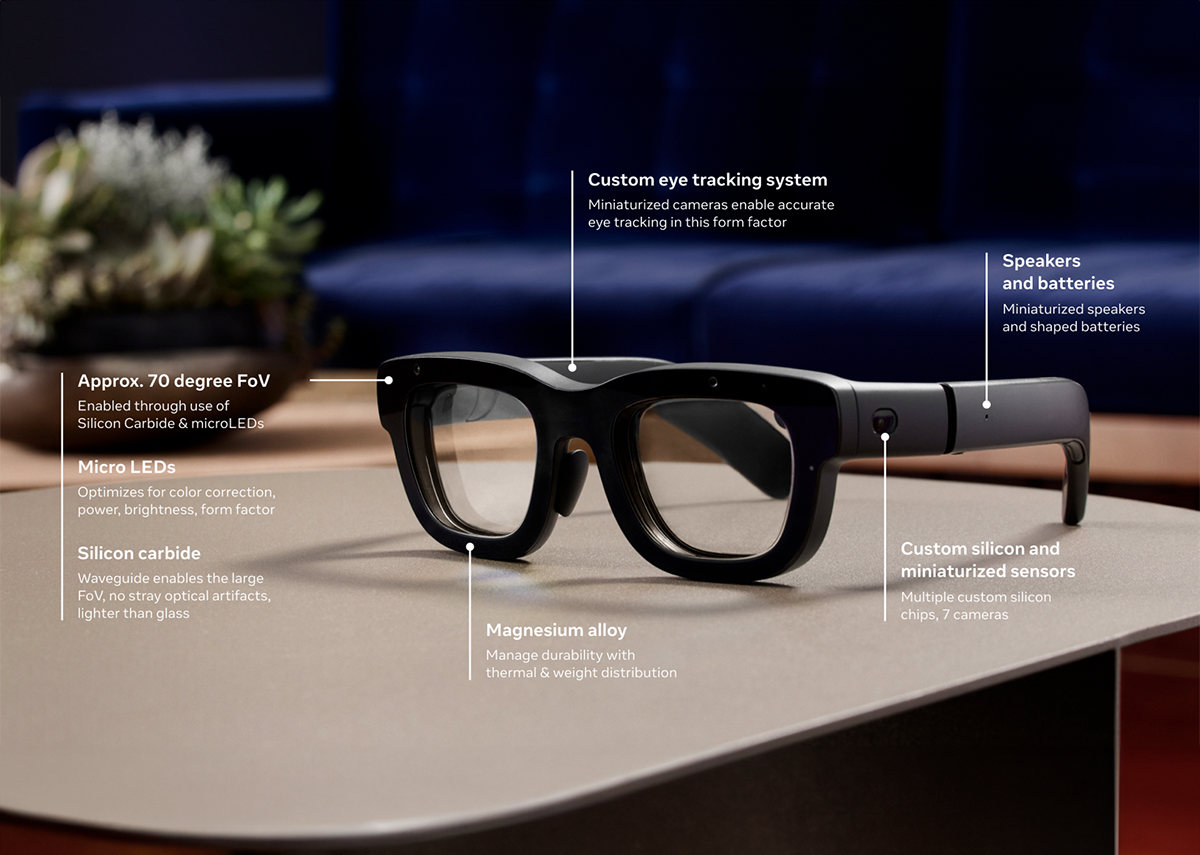“U.S. Sues Apple, Accusing iPhone of Being a Monopoly” is iPhone illegal
December 8, 2024 | by ranazsohail@gmail.com

If I build a lens that only works with my camera, that’s an example of vertical integration. Or if I create headphones that only work with my specific cable, that’s vertical integration too. But if I design a smartwatch that only works with my smartphone, be careful—that could be illegal. It’s a simplified version, but let’s dive into it.

This is a story that’s still unfolding, and will likely keep developing for years. But based on my conversations with a lot of big companies, especially the public, multi-billion-dollar ones, I’ve noticed they always have two reasons for making any public statement: one for the public, and one for the real reason behind it.
Recently, the U.S. Department of Justice sued Apple, accusing them of being an illegal monopoly, particularly around the iPhone. Legal matters like this are always complicated, and I’m not pretending to have all the details. But it caught my attention because it connects to the devices we talk about every day—smartphones and gadgets. This is a very U.S.-focused issue, since Apple’s iPhone is especially dominant in the U.S.
Here are some numbers to keep in mind. In the U.S., the iPhone holds about 60% of the market, and it’s even more dominant among younger people, where it’s nearly 90%. That’s an incredibly strong position. But globally, the iPhone’s market share is around 25%. So, while Apple is incredibly dominant in the U.S., its influence drops significantly elsewhere.
Here’s where it gets interesting. Let’s dive into the idea of Apple’s ecosystem being a “walled garden,” a term you’ve probably heard before. And honestly, it couldn’t be more accurate. Imagine this lush, beautiful garden, and right in the middle of it is the iPhone, surrounded by tall, thick walls.
In an ideal world, choosing a product would be as simple as evaluating your options based on features and what works best for you. You’d look at the whole market and pick the one that fits your needs. But that’s not quite how things work with Apple. The issue is that once you’ve picked an iPhone, it becomes incredibly hard to switch to something else.
The problem really comes down to those walls. Take the Apple Watch, for example. This is something that even the Department of Justice has pointed out in their legal filings. The iPhone and the Apple Watch work seamlessly together, but only together. That’s no accident – it’s built that way.
There are two big issues here. First, the Apple Watch works better with the iPhone than any other smartwatch does. And second, it doesn’t work with any other phone. Of course, Apple designed the Watch to integrate perfectly with the iPhone – you can see your notifications, respond to messages, track fitness, or even use it as a camera shutter for your iPhone. These features are all designed to work effortlessly, but they only work within Apple’s ecosystem.

Apple would probably tell you that they’ve designed their products to work perfectly together, which is a huge part of the appeal. This is what they mean by vertical integration—it’s what makes everything feel seamless. But the real reason is that, once you pick an iPhone, trying to use any other smartwatch with it just doesn’t give you the same experience.
For example, if you use a Garmin smartwatch with an iPhone, you won’t get things like the camera viewfinder, fitness tracking through Apple Fitness, quick replies, image previews for messages, or even the ability to customize which apps send you notifications. It’s a pretty basic, one-size-fits-all experience.
So, if you get an iPhone, the only real option for a smartwatch that works flawlessly with it is the Apple Watch. And this goes beyond just watches—AirPods, AirTags, and other Apple products also work great with the iPhone, but are basically useless when paired with anything else.
This creates a big barrier if you ever want to leave the Apple ecosystem. Switching from an iPhone to an Android isn’t just about getting a new phone. You’d need to replace your watch, headphones, trackers, and so on, because everything you own works so well with the iPhone and terribly with other devices.
Take the “blue bubbles, green bubbles” thing as another example. When iPhones message each other, it’s a smooth experience with typing indicators, high-res images, and more—those are the blue bubbles. But when you message an Android phone, it falls back to SMS, which is slow, low-res, and unencrypted—that’s the green bubbles. And Apple refuses to make iMessage available on Android, which keeps that divide firmly in place.
It all comes down to something I mentioned earlier: when companies make public decisions, they give one explanation to the public, but there’s usually a different reason behind it. Take iMessage, for example. When it was first created, text messages used to cost money—each SMS had a price tag. That’s why iMessage was built to work over the internet, offering unlimited texting at no extra cost and a ton of extra features. Over time, Apple added things like encryption, reactions, and typing indicators.
Apple and its users would probably agree that iMessage is just a better option than SMS. It’s not Apple’s fault that SMS is limited—they just built something that worked better. Sure, it’s not illegal for Apple to make iMessage just for iPhones, but it’s clear they built something exclusive for their own ecosystem. But there’s also Tim Cook’s famous line, “Just buy your mom an iPhone,” which points to the real reason. There have been internal emails from Apple execs admitting that making iMessage available on Android could make it easier for people to leave the iPhone behind. iMessage is one of the biggest barriers in Apple’s ecosystem—probably one of the strongest ones. If you ask a lot of young people in the U.S. why they use an iPhone, many of them would probably say iMessage has something to do with it.
So, the real question is: is what Apple is doing illegal? Or is it more about them just making their own products really good and not letting other systems enjoy the same features? It’s probably a bit of both. But Apple isn’t the only company doing this. They just happen to be in a strong position right now. Look at the Pixel Watch, for instance—it works perfectly with Android but has no functionality with the iPhone. Is anyone really upset about that? RCS is supposed to come to iPhone in 2024, but I bet it’ll be a bare-bones version. There will likely still be a clear distinction between iPhone-to-iPhone iMessage chats and iPhone-to-Android messages, which will probably still be green
There’s even more to this lawsuit, like how Apple Pay is a big part of it. For instance, no other service can use the NFC chip on an iPhone. And then there’s the whole idea of super apps. If you want to explore all of this, I’ll link to the best sources I can find below.
Now, here’s my take: Apple is probably in the wrong here, but it’s not as simple as it seems. They’re doing all of this, but using the “walled garden” analogy, it’s like they’ve built this really nice, perfect garden. Apple would probably say, “Look at our garden—it’s lush, green, and beautiful.” They’ve created the most appealing space, and everyone’s inside, but they’ve also put up these huge walls around it.
Apple might argue, “Everyone chooses our garden, and they stay because it’s the best.” But even if you see another garden that’s just as good—or better—the walls are so high that escaping is almost impossible. So, it’s not really about each thing they’re doing, like making their products work seamlessly together, being illegal. It’s more about the fact that they’ve got so much power and control over smartphones, which are now basically a commodity that everyone owns.
And here’s the kicker: remember when I mentioned how dominant Apple is in the U.S., with crazy stats like 90% of young people using iPhones? The weird part is that, despite being huge here, Apple isn’t considered a monopoly in other countries. Why is that? Why are they so popular in the U.S. but not a monopoly elsewhere, even though they’re doing the same things?
Think about China for a moment. It’s a huge smartphone market, and WeChat is basically the everything app there. It’s not just for messaging—it handles payments, you can order food, pay bills, book a taxi, even buy groceries. WeChat is the go-to for almost everything. If your phone has WeChat, you’re pretty much good to go; what else is on the phone doesn’t matter as much.
In China, the smartphone market is incredibly competitive. You’ve got brands like Huawei, Xiaomi, Oppo, and of course, iPhone, all battling it out to get your attention. They’re constantly pushing new features, trying to make their phones stand out and hoping you’ll pick theirs. But no matter which phone you choose, you still have WeChat.
So in that kind of market, people buy phones based on what’s actually better, what works for them. It’s a landscape with a lot of options and very few restrictions, which is a healthy, competitive environment that pushes innovation.
However, what would be a problem—maybe even illegal—is if Tencent, the company behind WeChat, made a phone and gave it special access to features of WeChat that other phones couldn’t use. That would create an unfair monopoly.
The whole legal situation around this is really about trying to make sure there’s more competition and fewer barriers, so that companies keep innovating and improving. It’s something that’ll continue to evolve, so it’ll be interesting to see where it goes.
RELATED POSTS
View all


